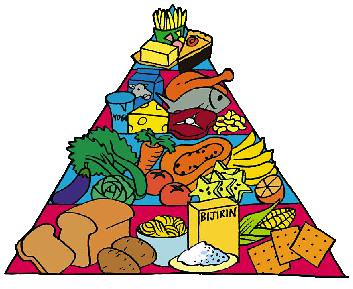by: Jim O'Connor
If I could bottle up a special health prevention pill, it would be comprised of your shoes, and feet. Recent research has shown just how much more powerful walking is than previously thought.
I don't need to be convinced, since people regularly see me walking all over Los Angeles with my training clients. They have all benefited from the powerful, health producing, results of their walking programs.
Compared to other cardiovascular training methods, walking is extremely convenient, and inexpensive. You can walk just about anywhere. All you need is a pair of shoes, and you are off. No expensive high tech equipment is necessary. How much easier can it be?
Another positive feature of walking is its low impact on joints, muscles, and bones, as well as, for most people, the physical ease of doing it.
Three recent research studies suggested there are even more benefits associated with brisk walking. These benefits include better survival rates for women with breast cancer, reduced risk of endometrial cancer, and lower rates of cardiovascular challenges.
Please be aware, walking should not be simply a shopping stroll, but a brisk, 2.0 mph plus walk. Your walking heart rate should reach more than 55% of your maximum heart rate for an extended period of time. Your maximum heart rate can be calculated by taking 220 minus your age.
The breast cancer study was recently published in The Journal of the American Medical Association, and was conducted at Brigham and Women's Hospital in Boston. Women diagnosed with breast cancer who walked 2-3 mph, 1-3 days per week were 20% less likely to die from the disease. Those who walked 3-5 times per week reduced their risk by 50%.
The study suggested physical activity has been linked to lower levels of circulating ovarian hormones, which could explain the relationship between physical activity and breast cancer.
The endometrial cancer study, conducted at Vanderbilt University, and the Shanghai Cancer Institute, found that women who walked for exercise in adolescence and adulthood had a 37 percent reduced risk of the disease. Even post menopausal women who recently started to walk reduced their risk 24%. The study sample was 1700 women. Reductions in risk began after 25 minutes per day up to 50 minutes per day.
In another study conducted at Queen's University in Belfast, Northern Ireland, researchers examined the effects of 30 minutes of self paced, brisk walking, 5 days per week for 50-65 year old individuals.
The results were very impressive with significant decreases in systolic and diastolic blood pressure, reduction in stroke risk, and increased functional capacity.
Now that we understand some of the many great health benefits of walking, we need to understand what is the best way motivate yourself to get those 3-5 days per week in.
Researchers have found that counting steps is by far more motivational than using time to track progress. Shoot for 10,000 steps per day. I recommend investing in a pedometer to keep track of the total amount of steps you walk per day. You can find them anywhere online, or at your local sporting good store.
10,000 steps per day walkers seem to be more aware of how many more steps they need to achieve their goal as a result of the constant reminder from the pedometer.
A good resource for the 10,000 steps concept is The Step Diet: Count Steps, Not Calories to Lose Weight and Keep It Off Forever.
Staying consistent, week after week, with your walking program is great, but adding 2 days of strength training, and flexibility work is even better.
For my "secret health prevention pill" consider starting a walking program today. Lace up your shoes, take the prevention pill, and pound the pavement!
For more beneficial health and fitness tips, tricks, and strategies, you quality for a FR^E subscription to the famous Wellness Word "Multimedia" Newsletter.
Claim your (zero cost) multimedia gift subscription by clicking the link below.
http://www.WellnessWord.com
About The Author
Jim O'Connor is a celebrity Exercise Physiologist, and author/publisher in Beverly Hills, California. He is the author of a home gym equipment buyers guide called Home Gym Shopping Secrets, and Wellness Word "Mulimedia" Newsletter. For special access to Wellness WORD Newsletter go to http://www.WellnessWord.com. *** Attention: Ezine Editors / Website Owners *** Feel free to reprint this article in its entirety in your eZine, Blog, Autoresponder,or on your website as long as the links, and resource box are not altered in any way. Jim O'Connor - Exercise Physiologist / The Fitness Promoter Copyright (c) - Wellness Word, LLC
9461 Charleville Blvd. #312
Beverly Hills, CA 90212
1-866-935-5967
http://www.HomeGymShoppingSecrets.com
http://www.HomeGymResources.com
|











